Inbox icons, subject line sorcerers, CTA kings – the results are in. The 2025 You Mailed It Awards by Everlytic have crowned their champs, with Old Mutual Rewards and Machine_ taking…
5 ways smartphone manufacturers can win the budget phone battle
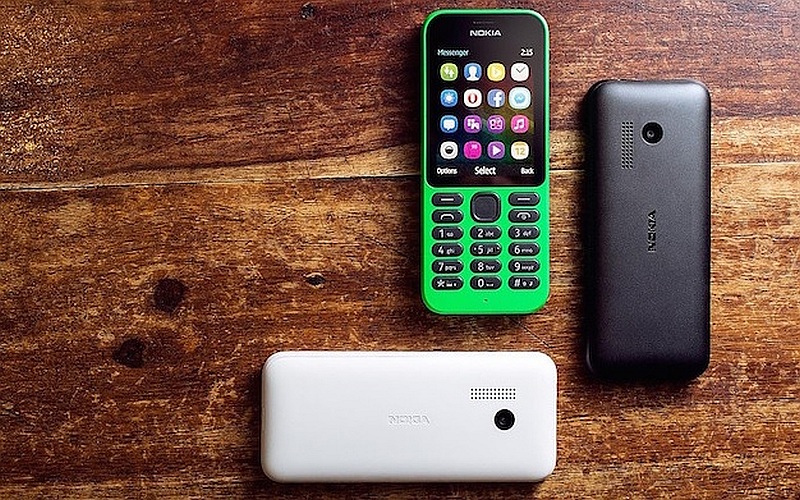
There has been massive growth in smartphone sales in the past few years. Ever since the introduction of iPhone, Android, and smartphone applications like Facebook, Twitter, WhatsApp and Viber, even common people are experiencing a strong urge to use smartphones instead of feature phones.
Granted, there are still a few number of feature phones being produced by the likes of Microsoft (the Nokia 215, above, is a good example), but smartphones are slowly becoming more affordable and more powerful lower down the economic spectrum.
Due the popularity of smartphones among general consumers, efficiency in manufacturing required components, and a cut-throat competition in the market, smartphone prices have come down drastically. You can now buy a decent smartphone with an HD display, 1080p video recording, and the latest version of Android for as low as US$100. However, not all US$100 smartphones are worth buying. Many brands do a half-hearted job when it comes to entry-level smartphones, while only a few brands manage to release excellent entry-level smartphones.
Here are five ways how smartphone manufacturers can win the budget smartphone battle.
1. Don’t neglect the basics
The most important thing in attracting first-time smartphone buyers, especially in the budget smartphone category, is to not miss any of the basic and widely expected features.
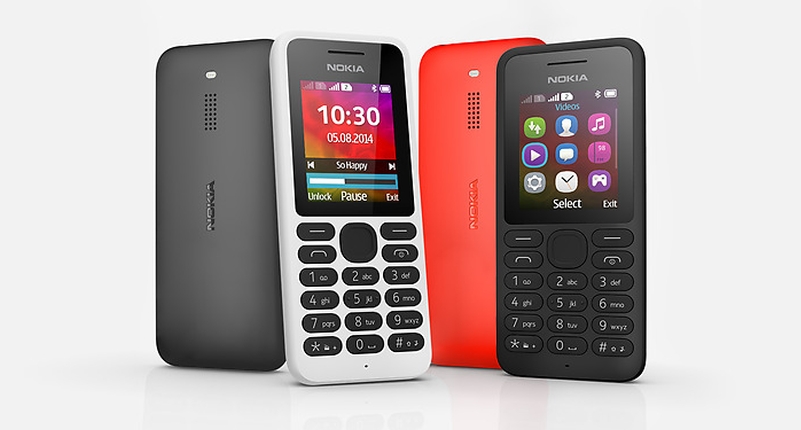
The feature phone Nokia 130 is basic, but it does the basics extremely well. Smartphones should take note.
In 2015, if you do not provide an HD display, a quad-core processor, and at least 1GB of RAM, you are not competitive enough. Other things include an autofocus camera, HD video recording, a removable battery and as SD card slot. Moreover, people would surely love a high-resolution camera upfront, thanks to the selfie craze that’s still very much alive around the world.
2. Optimised and frequently updated software
Hardware is just one important part of a smartphone.
The other important part is the software it is running, and the quality of software can make a world of difference in day-to-day usage. As we’ve seen in high-end smartphones from Samsung and LG, even the most powerful and fastest hardware can struggle to keep up with buggy and unnecessarily heavy software.
Many a times, smartphone brands ruin the user experience by stuffing it with too many applications and services, which people end up not using. Smartphone manufacturers should focus on providing simple and bloatware-free software, at least in the budget smartphone offerings. Smartphones from Motorola and other Android One devices can be seen as a right way to do software.
Apart from making smooth, light, and bug-free software, smartphone brands should also focus on providing software updates as soon as possible to fix bugs and plug leaks.
3. Dual-SIM and 4G LTE
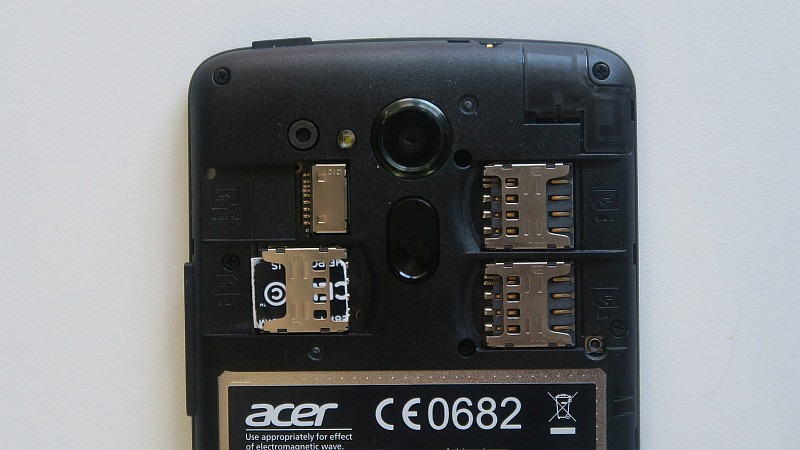
Not completely ‘budget’ minded, the Acer E700 Liquid Trio has three SIM slots for good measure.
In most parts of the world where entry-level smartphones are popular, consumers demand dual-SIM support.
These can be used in a number of ways, but a popular implementation is one SIM for calling and another for internet usage, a money-saving technique. Also, in such parts of the world, smartphones are primary devices for a majority of consumers to browse the web and consume digital media, so swift internet connectivity is quite important.
In countries like India, China, Brazil and South Africa, a massive 4G LTE rollout has begun, so it would be great if smartphone brands can release entry-level devices with 4G LTE connectivity.
4. One day battery life
After integrating all these features in such a little and cheaply priced package, it would be useless if the smartphone goes to bed before you do.
Ideally, a smartphone should last until dinner from a full charge before breakfast, and it is not impossible to achieve that. Thanks to improvement in smartphone processors (every new generation processor is more power-efficient than the previous) and software side optimisations, it is possible to make the smartphone last well into the night.
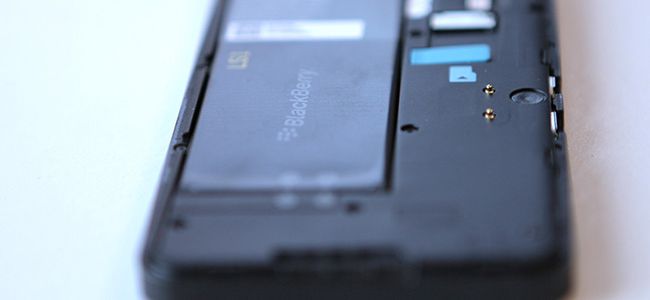
The battery is often the most overlooked component in mobile devices.
5. Satisfying after-sales service
With so many new brands coming in and offering unbelievable hardware specifications at dirt cheap pricing, people are definitely going to buy those devices. However, the after-sales service play a huge role in increasing buyers’ trust in the company. Newer brands like Xiaomi, OnePlus, Micromax’s Yu, and the like will have to invest and improve in after-sales services, which will play an important role in gaining consumers’ trust.
With that said, which companies are offering smartphones that crack this formula?
Here are a few of our favourite examples below the US$150 threshold:
Xiaomi Redmi 2
Read more: Xiaomi Redmi 1S Review: the other best $100 smartphone

For US$112, there’s not too much to dislike about the Redmi 2.
It is a successor to the immensely popular Xiaomi Redmi 1S, and comes with improved hardware and connectivity. It now features 4G LTE connectivity, increased RAM, and a wide bevy of colour options. Other features include a 4.7-inch HD IPS LCD display, a quad-core processor, 2GB of RAM, 8GB of storage, microSD card slot, and dual-SIM connectivity.
Android One Devices (Micromax Canvas A1, Karbonn Sparkle V, and Spice Dream Uno)
Android One is Google’s initiative to provide good entry-level smartphones to first time smartphone adopters. All Android One devices feature WVGA displays, quad-core processors, 1GB of RAM, 4GB of internal storage, and the latest software — Android 5.1 Lollipop as of now. Google has promised that these devices will be one of the first ones to receive the latest version of Android.
Microsoft Lumia 535
Read more: Microsoft launches first self-branded phone in South Africa, the Lumia 535
The best entry-level Windows Phone device, the Microsoft Lumia 535, features a 5-inch qHD display, quad-core processor, 1GB of RAM, 8GB of internal storage, Windows Phone 8.1, and a promise of Windows Phone 10 update. There’s a 5MP camera on the back with LED flash and autofocus, and a 5MP selfie camera on the front, complete with Lumia Selfie app.
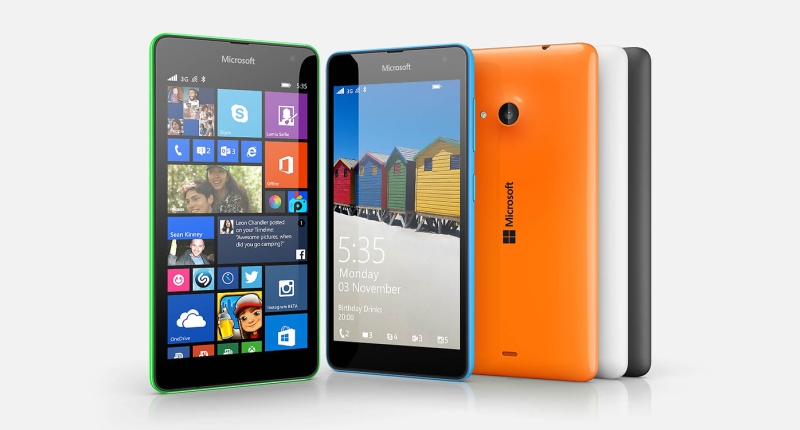
Microsoft’s has released a number of budget devices from its Lumia stable. The 535 is one of those devices.
Lenovo A6000
It competes directly with the Xiaomi Redmi 2, but features a larger 5.0-inch display, front-facing dual speakers for better audio, and slightly larger battery. It will be interesting to see what Lenovo, and its latest acquisition Motorola, can do in the budget device space this year.
Micromax Yu Yureka
Read more: Micromax Yu Yureka review: Cyanogen OS mid-ranger with terrific value
One of the most value-for-money smartphone under $150 right now, the Micromax-supported Yu Yureka features a 5.5-inch HD display, octa-core 64-bit processor, 2GB of RAM, 16GB of internal storage, a microSD card slot, dual-SIM connectivity, and Cyanogen OS 11S (upgradable to Cyanogen OS 12) which is known for its speed and bloatware-free experience. It also comes with a 13MP camera on the back with 1080p video recording abilities, and a 5MP selfie camera up front.

